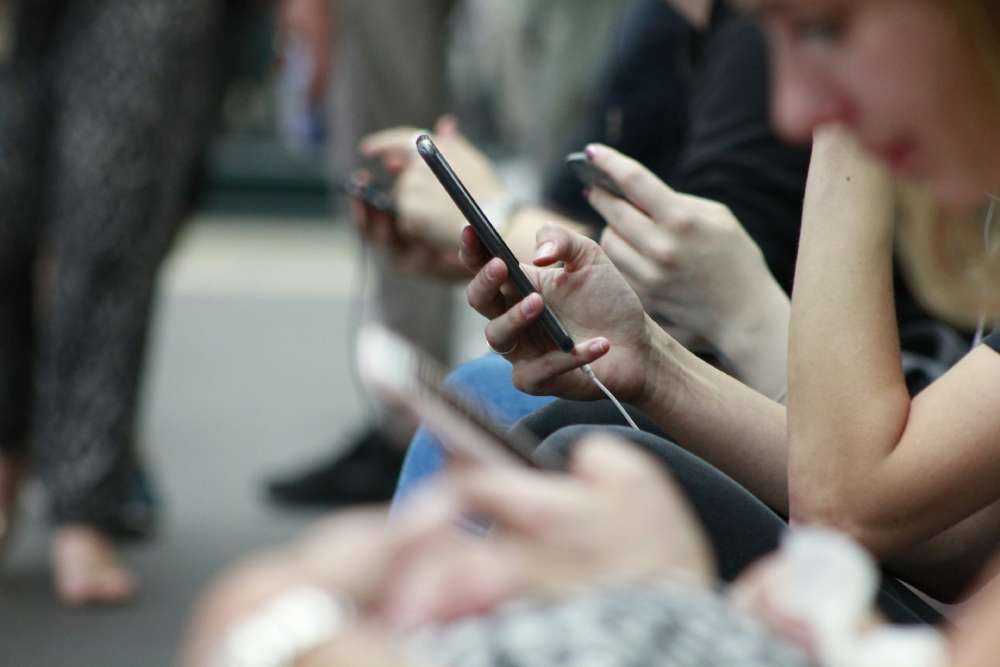Table of Contents:
- Introduction to the Digital Divide
- History and Evolution of Lifeline Assistance Programs
- Examining the Benefits of Free Phone Services
- Overcoming Barriers: Access to Education, Job Markets, and Healthcare
- The Role of Policy and Regulation
- Free Phone Services as a Step Towards Digital Inclusion
- The Environmental and Societal Impact of Telecommunication Expansions
- The Future of Connectivity: Trends and Innovations
- How to Get Involved and Support Digital Inclusion
- Conclusion: Reflecting on the Path Forward
Introduction to the Digital Divide
The digital divide is a complex problem that affects different areas of our lives in today’s tech-oriented world. For low-income communities, the impact is profound, creating barriers to accessing healthcare, education, employment, and even social services.
Communicating reliably is fundamental in our society, serving as a cornerstone of personal and professional growth. The Ohio Lifeline program is critical in addressing this divide, giving qualifying residents access to mobile phone services that many of us take for granted.
Across the United States, such initiatives offer a glimpse of hope, highlighting the much-needed support for comprehensive communication access. These services are particularly vital in emergencies, enabling calls to emergency services and staying connected during natural disasters or personal crises. Beyond emergencies, having a reliable phone service is essential in building connections, seeking job opportunities, and maintaining social relationships.
History and Evolution of Lifeline Assistance Programs
The Ohio lifeline assistance program was established in the 1980s to provide low-income families with affordable telecommunications services. Initially centered on landlines, these programs have demonstrated agility and awareness of societal needs by incorporating mobile phones and broadband internet services as they’ve become indispensable in the modern age.
Examining the Benefits of Free Phone Services
Free phone services go beyond emergency communication; they serve as a critical lifeline to information, education, and social services. By ensuring consistent access to communication, these programs empower people to seek new employment opportunities, enroll in educational courses, schedule healthcare appointments, and maintain ties with family and friends.
Overcoming Barriers: Access to Education, Job Markets, and Healthcare
Consider the vast resources available in online learning, such as courses, tutorials, and interactive learning platforms; all require a minimum level of connectivity. For job markets, the digital shift means many employment opportunities are now found and applied for online.
Access to a phone service can be the difference between unemployment and securing a job. Telemedicine is revolutionizing patient care in healthcare, especially in remote or underserved areas where in-person visits may be challenging.
The Role of Policy and Regulation
Policy and regulation are the backbones of sustained and fair access to telecommunications for all. The government’s role is to create policies that level the playing field, providing opportunities for every citizen, regardless of income level, to gain access to essential communication services.
Free Phone Services as a Step Towards Digital Inclusion
Digital inclusion is a goal that seeks to ensure everyone benefits from the digital economy. Programs that provide free phone services are just one step to achieving full digital inclusion, creating a foundation upon which individuals can build toward greater technological engagement.
The Environmental and Societal Impact of Telecommunication Expansions
The positive societal impact is enormous as we expand telecommunications access to lower-income areas. The benefits are widespread, from fostering community connections to providing real-time data for better environmental stewardship. However, this expansion must also be approached with environmental responsibility, balancing digital progress and ecological sustainability.
Understanding the extent of the digital divide is crucial to bridge it. It underscores the importance of programs like Ohio Lifeline in contributing to equitability in tech access.
The Future of Connectivity: Trends and Innovations
The trajectory of telecommunication is inherently tied to technological advances. Innovations such as the expansion of 5G networks and the advent of the Internet of Things (IoT) promise to redefine how we connect and the world around us. Programs that provide free phone services keep pace with these changes, ensuring that low-income populations are included in the next wave of digital transformation.
How to Get Involved and Support Digital Inclusion
Dedicated and determined individuals can have a significant impact on achieving digital inclusion. Whether it’s through volunteering, advocating for policy changes, or simply spreading awareness, there are numerous ways to contribute to reducing the digital divide.
Conclusion: Reflecting on the Path Forward
Reflecting on the journey towards digital inclusivity, the critical role of free phone services must be balanced. Solidified by the success stories of those who have benefitted from programs like Ohio Lifeline, the path forward requires dedication, innovation, and a collective commitment to ensuring that everyone, regardless of economic status, can partake in the digital world.





